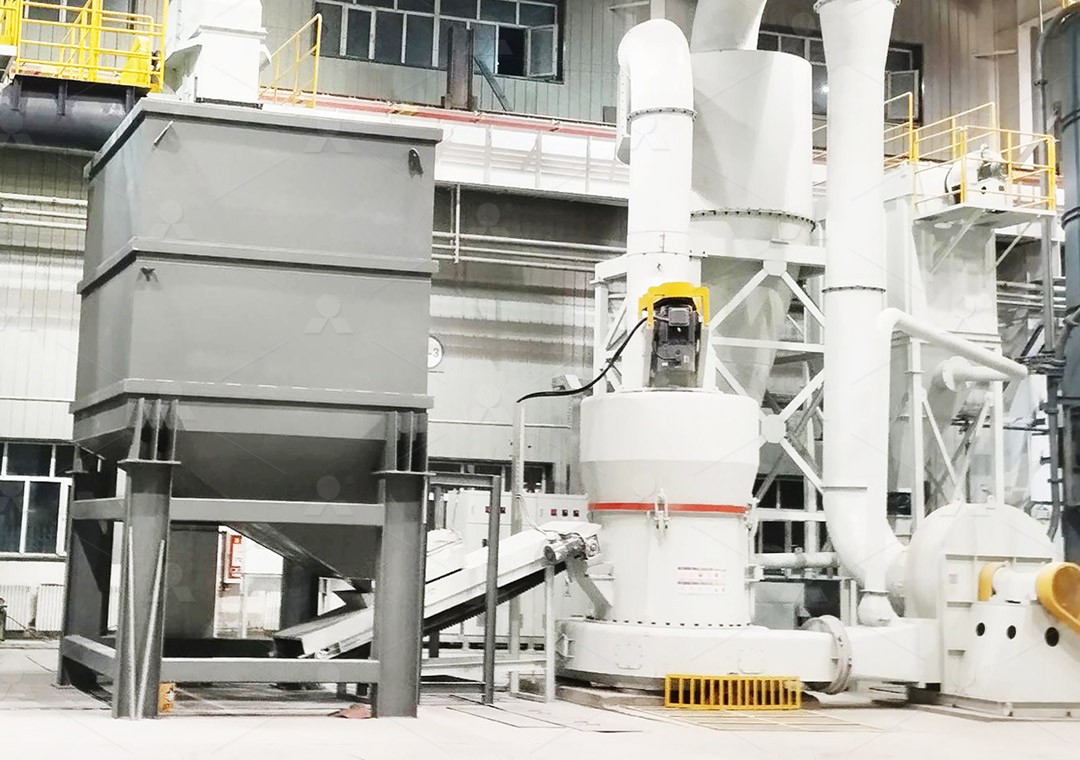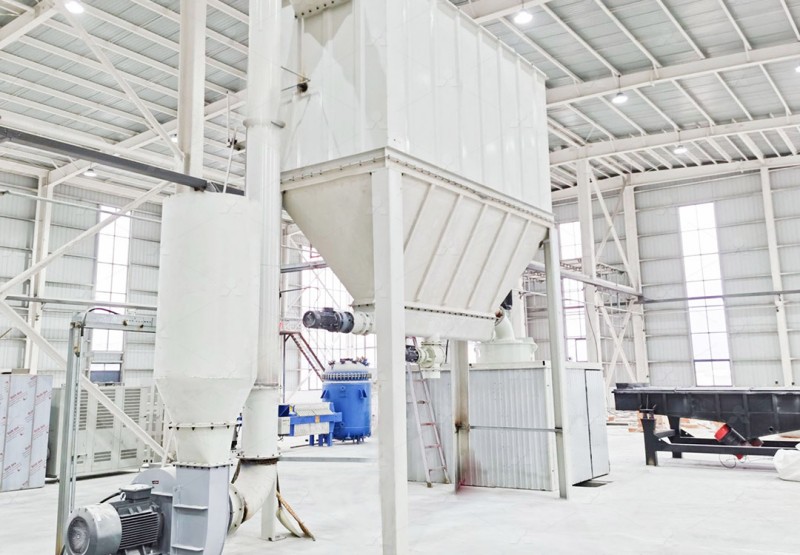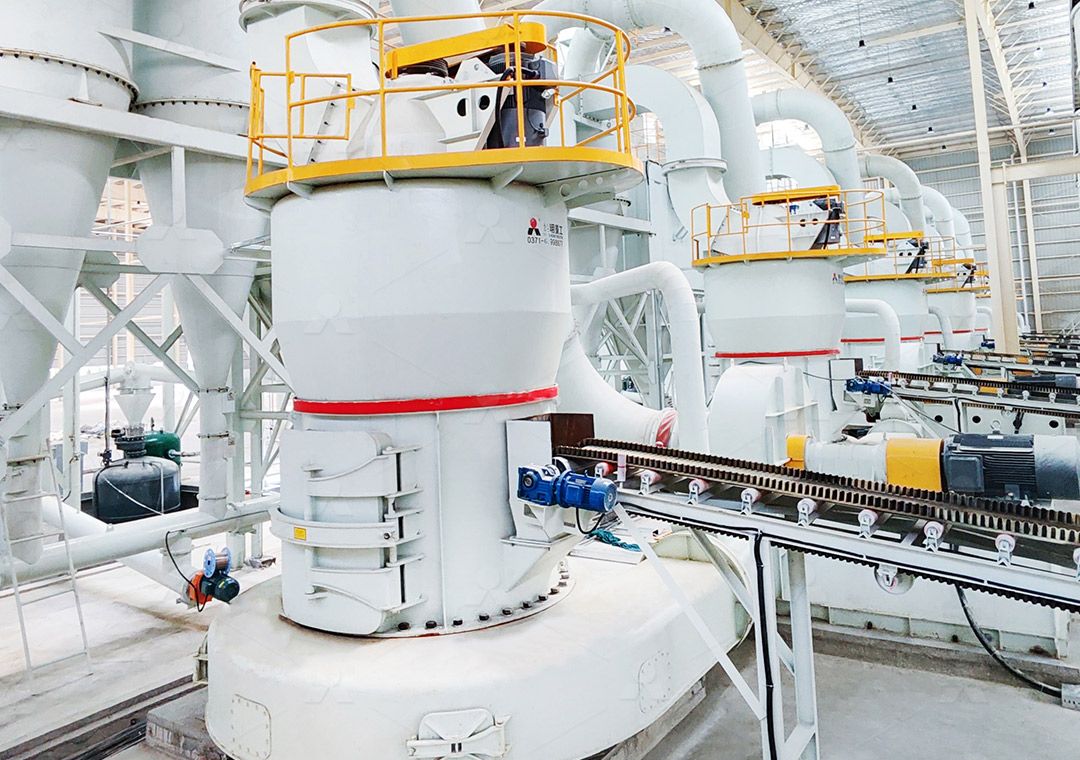High-Efficiency Hammer Mill Grinding for Magnesium Sulfate and Calcium Carbonate
High-Efficiency Hammer Mill Grinding for Magnesium Sulfate and Calcium Carbonate
In industrial mineral processing, achieving optimal particle size distribution while maintaining energy efficiency remains a critical challenge. Magnesium sulfate and calcium carbonate, two widely used industrial minerals, demand precise grinding solutions to meet stringent quality specifications across pharmaceutical, food additive, and construction applications.

The Grinding Challenge: Magnesium Sulfate and Calcium Carbonate
Magnesium sulfate (MgSO₄) and calcium carbonate (CaCO₃) present distinct grinding characteristics that require specialized equipment. Magnesium sulfate crystals tend to be brittle yet hygroscopic, demanding controlled grinding environments to prevent moisture absorption. Calcium carbonate, particularly in its precipitated forms, requires uniform particle size reduction to achieve the brightness and opacity demanded by premium applications.
Traditional grinding methods often struggle with thermal degradation, inconsistent particle distribution, and excessive energy consumption. The solution lies in advanced milling technology that can handle these materials’ unique properties while delivering consistent output quality.
Advanced Grinding Technology for Superior Results
Modern grinding systems must address multiple operational parameters simultaneously: particle size control, thermal management, energy efficiency, and environmental compliance. For operations processing both magnesium sulfate and calcium carbonate, equipment flexibility becomes paramount.
Our technical team has extensively tested various grinding configurations and identified that the MW Ultrafine Grinding Mill delivers exceptional performance for these specific applications. With an input size capability of 0-20 mm and throughput ranging from 0.5 to 25 tph, this system provides the versatility needed for operations handling multiple mineral types.

Key Technical Advantages for Mineral Processing
The MW Ultrafine Grinding Mill incorporates several proprietary technologies that make it particularly suitable for magnesium sulfate and calcium carbonate processing. The absence of rolling bearings and screws in the grinding chamber eliminates common failure points that plague conventional mills when processing abrasive minerals.
Perhaps most significantly for operations requiring precise particle specifications, the mill’s cage-type powder selector enables fineness adjustment between 325-2500 meshes, with screening rates achieving d97≤5μm in a single pass. This precision directly translates to reduced processing steps and higher quality final products.
Operational Efficiency and Environmental Compliance
Beyond particle quality, modern mineral processing operations must address energy consumption and environmental impact. The MW Ultrafine Grinding Mill demonstrates 40% higher production capacity compared to jet grinding mills with equivalent fineness and power requirements. The integrated pulse dust collector and muffler system ensures operations meet stringent environmental standards without secondary filtration systems.
For facilities requiring even higher throughput or specialized vertical grinding configurations, the LUM Ultrafine Vertical Grinding Mill presents an excellent alternative. With input size handling up to 10 mm and capacity ranging from 5-18 tph, this system incorporates the latest German powder separating technology for operations demanding the highest purity standards.

Application-Specific Considerations
When processing magnesium sulfate for pharmaceutical or food-grade applications, the grinding system must prevent contamination and maintain chemical purity. The MW mill’s external lubrication system and sealed grinding chamber provide this critical protection. For calcium carbonate used in plastics or paints, the whiteness preservation achieved through the mill’s low-iron contamination design becomes the decisive factor.
Frequently Asked Questions
What is the optimal moisture content for grinding magnesium sulfate in the MW Ultrafine Grinding Mill?
For optimal performance, magnesium sulfate should have moisture content below 2%. The mill’s design incorporates effective air flow that helps manage hygroscopic materials, but pre-drying may be necessary for higher moisture feedstocks.
Can the same equipment process both magnesium sulfate and calcium carbonate without cross-contamination?
Yes, the MW Ultrafine Grinding Mill features comprehensive cleaning access points and can be purged effectively between material changes. For operations requiring frequent material switches, we recommend the reversible structure of the LUM Ultrafine Vertical Grinding Mill for easier maintenance access.
What particle size distribution can be achieved for calcium carbonate used in premium paint applications?
The MW mill consistently achieves d97 values of 5μm or lower, with narrow particle distribution curves essential for paint opacity and viscosity control. The adjustable cage-type powder selector allows operators to fine-tune the distribution profile for specific application requirements.
How does the energy consumption compare to traditional ball mills for calcium carbonate grinding?
Documented operations show the MW Ultrafine Grinding Mill reduces energy consumption by approximately 50% compared to equivalent capacity ball mills while achieving superior particle uniformity.
What maintenance intervals are typical when processing abrasive materials like calcium carbonate?
The wear-resistant alloy grinding components typically require inspection every 800-1,000 operating hours, with major service intervals extending to 4,000-5,000 hours depending on material hardness and throughput.
